Paris Talks
Four young French Fellows at the Art History Department at Leiden University present their research on seventeenth-century Dutch art and artists.
Suzanne Baverez, Carole Fonticelli, Esther Guillaume and Sarah Moine are four French Ph.D Candidates who share not only their nationality but also their subject of studies which is the Dutch sixteenth and seventeenth-Dutch centuries from an Art history perspective. All of these four friends are or have been fellows of the Leiden Department of Art History and were delighted to present their work there on 20 February 2020. (fig.1)
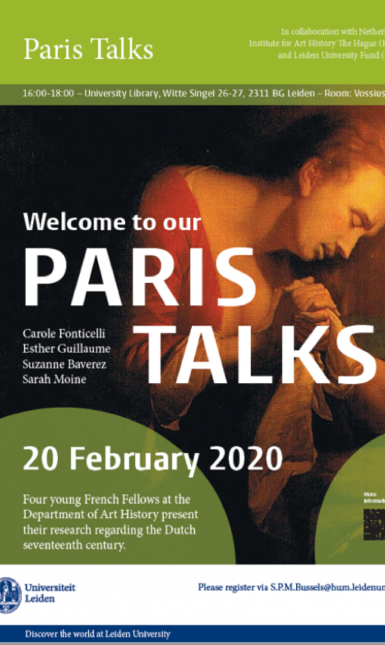
The first talk was given by Carole Fonticelli, a Sorbonne Ph.D candidate. She completed both her bachelor and master’s degrees in this French university and has been working on the relationship between art and Calvinism in the seventeenth-century Netherlands. She is now part of the HiCSA centre and one of the board members of the Northern Art History Research Group GRANIT (Fig.2).

In accordance with her main dissertation subject, she has shown how, despite the Calvinists’ rejection of the intercessory role of the saints, daily-life practice completely differs from theory in the seventeenth-century Republic. She has then demonstrated that the dubious Mary Magdalene was widely depicted, even by Dutch artists, and even Calvinistic ones. In her talk, she offered an overview of how the saint looked like in a rich variety of paintings, considering that these representations often show her as role model –and no longer as an intercessor. Thus she showed how the depiction of this famous Catholic saint surprisingly also well fitted Calvinist ideals.
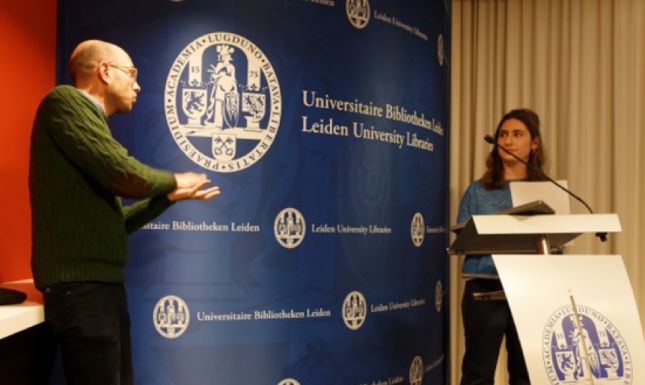
The second speaker, Esther Guillaume, is currently completing her Ph.D. thesis at the Université Paris I Panthéon-Sorbonne under the supervision of Colette Nativel. She recently concluded a four months research stay at the Universiteit Leiden. Esther studies the mechanisms of Hebraic identification in Early Modern Dutch visual culture with a particular focus on images of the Temple of Jerusalem. (Fig.3)
During her talk, she showed how architectural backgrounds were used as vectors for political legitimation in Romeyn de Hooghe's Schouburgh der Nederlandse Veranderingen (1674), a book giving an Orangist perspective on the Dutch War (1672-1678). The Schouburgh constitutes one of the rare examples where De Hooghe both fully illustrated (with 6 very dense two-fold illustrations) and wrote the entire text. Mainly focusing on the book’s last two prints, the talk shed light on the way iconographs of the last quarter of the XVIIth century, (De Hooghe, in an overwhelming proportion) used a similar rhetorical method to that of pamphleteers and other commenters of the contemporary political landscape. Presenting a fragment of her dissertation research, Esther showed how De Hooghe’s vision of the “civic temple” drew from both biblical and contemporary references to resonate simultaneously with sometimes conflicting religious communities in the Dutch Republic.
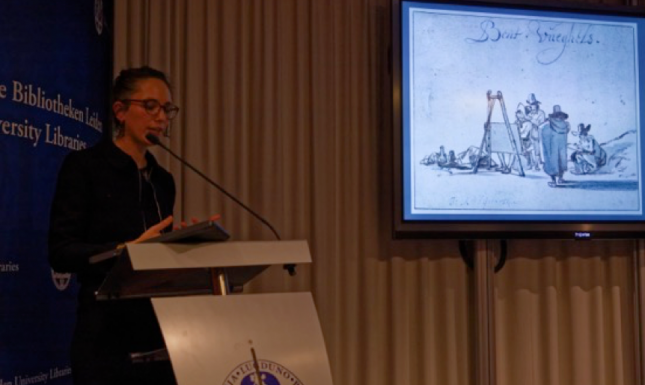
The third speaker was Suzanne Baverez, a Ph.D candidate in the Ecole Normale Supérieure de Paris. Her dissertation, conducted under the direction of Michel Hochmann, examines the Schildersbent, a Netherlandish Network in Rome (v.1617-v.1700), from both a social historian and an art historian perspective. She has been awarded several fellowships. The latest, the Prix d’Amsterdam 2019 (FRNL / Nuffic), makes her a guest researcher here in Leiden University for this academic year. (Fig.4)
With some drawings from the Leiden special collections –including one very precious Bruegel-, she took a close look at the drawing production of the Bentvueghels – from sketchbooks to preparatory compositions- and discussed the collective artistic practices that the Schildersbent has fostered. She also showed how, by drawing side by side, but also by exchanging and copying drawings, Netherlandish artists conducted major experimentations. Her research proved how the drawings reveal a prominent itinerary through Rome.

Finally, the fourth speaker was Sarah Moine, who studied at the Ecole du Louvre (Paris) and at Leiden University. Her Ph.D proposal about arts and crafts in Leiden won the 2015 Amsterdam prize. She currently works at the Leiden American Pilgrim Museum and she helped curator Jori Zijlmans at Museum De Lakenhal with their latest exhibition. (Fig.5)
She found that studies of the various aspects of Leiden history often start or end in 1575, after the deadly Spanish siege and at the date of the foundation of the University. However, she has proven that the richness of the Leiden archives allows for a comprehensive study of the art production throughout this period, focussing on continuity and changes of this paradigm-shifting period that is the end of the 16th century and the early years of the so-called “Golden Age.” With the example of the production of stained-glass, a craft which goes far beyond the Catholic art production, she questioned the evolution of Leiden as an artistic centre during that time, and illustrated in which fields our primary sources can help us shed new light.
After the four conferences, the speakers warmly thanked Stijn Bussels, the organizer of the event, but also the particularly active and dynamic assistance for the discussions that followed each intervention. In a friendly atmosphere, conversation continued with an outdoor cocktail.


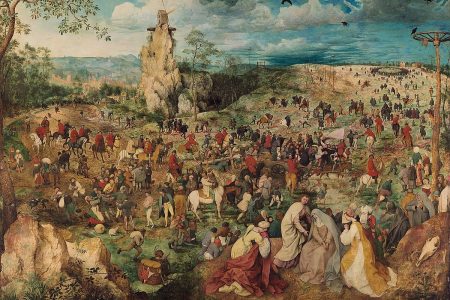
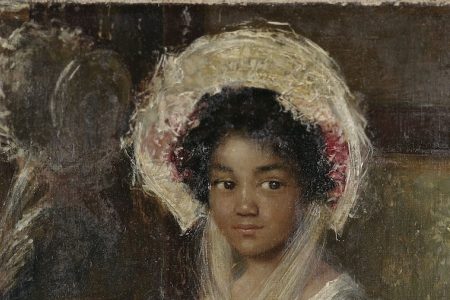
0 Comments